The world is home to a diverse range of cultures, each with its unique customs, traditions, languages, and ways of life. Here’s a brief overview of some cultural aspects across different regions:
1. Asian Cultures
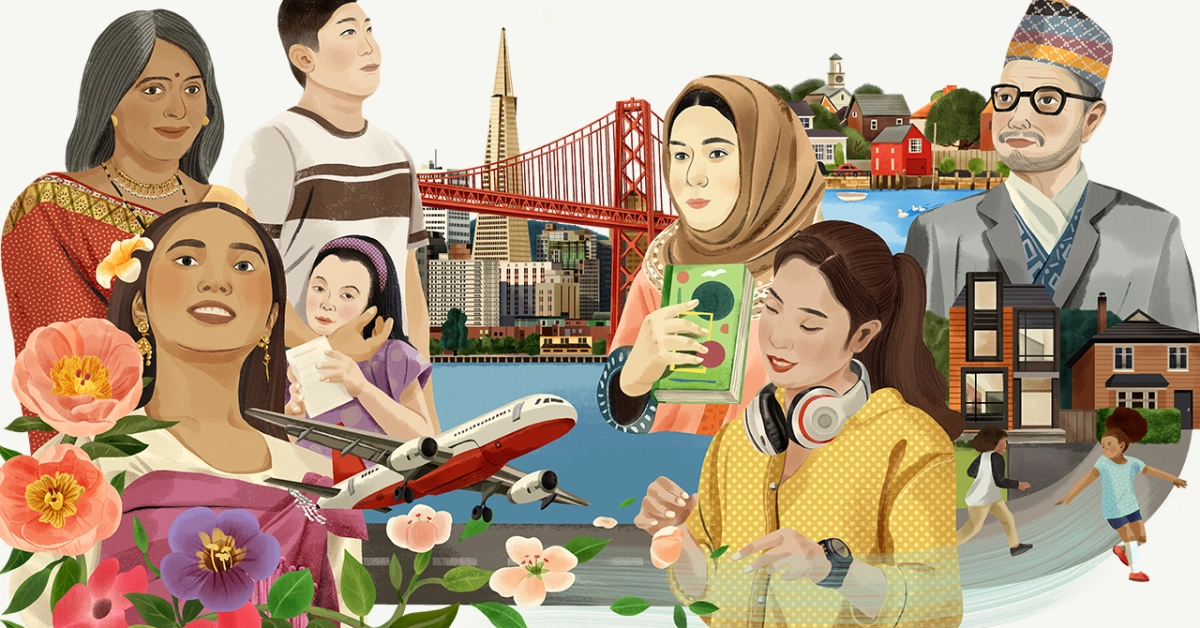
– East Asia (China, Japan, Korea) : Cultures here have strong influences from Confucianism, Buddhism, and Taoism. They emphasize respect for elders, community values, and harmony. Traditional festivals such as the Chinese New Year and Japanese Cherry Blossom Festival are significant.
– South Asia (India, Pakistan, Bangladesh) : Known for its cultural and linguistic diversity, with Hinduism, Buddhism, Islam, and Sikhism shaping customs. Festivals like Diwali, Eid, and Holi are celebrated widely.
– Southeast Asia (Thailand, Vietnam, Philippines) : This region features a blend of indigenous cultures influenced by Hindu, Buddhist, and later Islamic traditions. Family and community are central, and festivals such as Songkran in Thailand reflect the local culture.
2. European Cultures
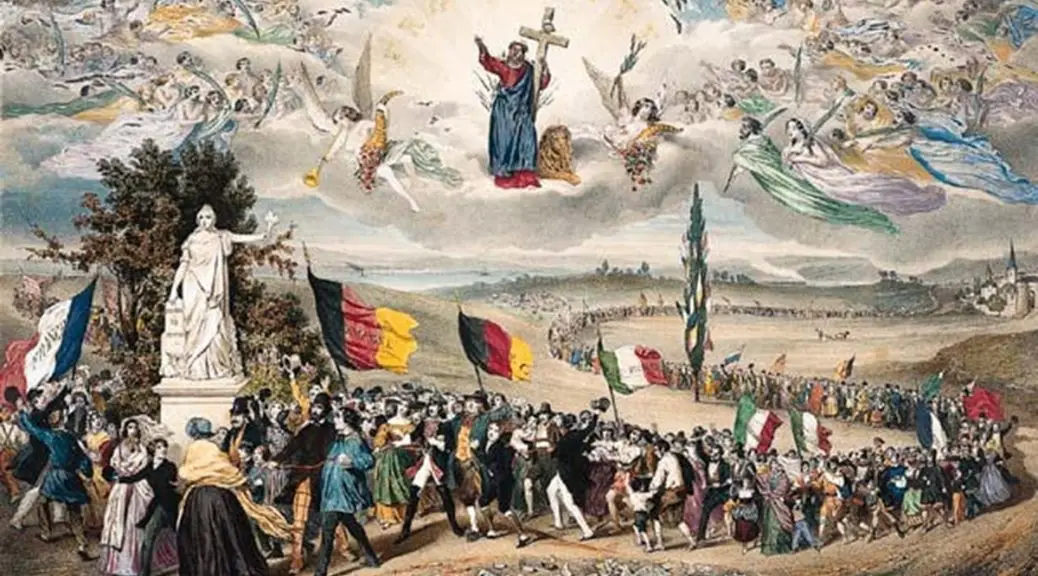
– Western Europe (France, Germany, Spain) : Characterized by rich historical traditions, including the Renaissance and Enlightenment. There is a strong emphasis on art, cuisine, and cultural heritage, with festivals like Oktoberfest in Germany and Carnival in Spain.
– Eastern Europe (Russia, Poland, Ukraine) : Has unique customs influenced by Slavic, Orthodox, and sometimes nomadic traditions. Folk music, dance, and religious holidays such as Easter are culturally significant.
– Nordic Cultures (Sweden, Norway, Denmark) : Known for their strong connection to nature, egalitarian values, and traditions such as midsummer celebrations and Viking history.
3. African Cultures
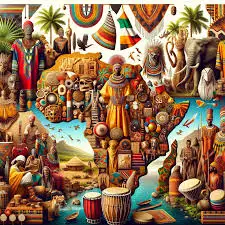
– North Africa (Egypt, Morocco) : Cultures here have been shaped by ancient civilizations, Arab and Berber influences, and Islam. The cuisine, music, and architecture often reflect a blend of Mediterranean and African elements.
– West Africa (Nigeria, Ghana) : Known for its rich musical traditions, including Afrobeat and drumming. Languages, clothing styles, and ceremonies are diverse, often linked to tribal affiliations.
– Southern Africa (South Africa, Zimbabwe) : This region is culturally diverse, with significant influences from indigenous groups like the Zulu, as well as European colonial history. The concept of “Ubuntu,” meaning shared humanity, is important.
4. Middle Eastern Cultures
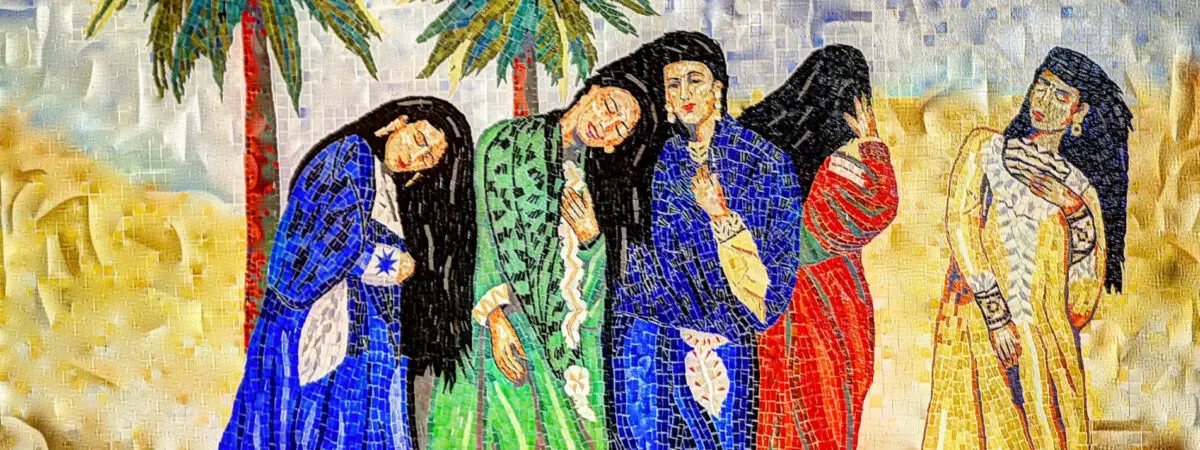
– Arabic-speaking countries (Saudi Arabia, UAE) : Known for hospitality, Islamic customs, and traditional music and dance such as the Dabke. Cultural practices are often linked to Bedouin traditions and Islamic teachings.
– Persian culture (Iran) : Rich in history with influences from Zoroastrianism, Islam, and ancient Persia. Nowruz (Persian New Year) is an important cultural celebration.
– Turkish culture : Blends Central Asian, Ottoman, and modern influences, with traditions like Turkish coffee, folk dances, and hospitality playing important roles.
5. American Cultures
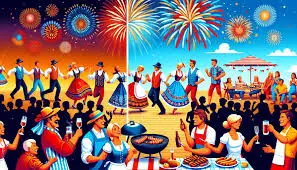
– North America (USA, Canada) : Multicultural societies with influences from Indigenous cultures, European settlers, and more recent immigrants. Traditions vary widely, with celebrations such as Thanksgiving in the U.S. and Canada Day.
– Latin America (Mexico, Brazil, Argentina) : Known for vibrant music and dance styles like salsa, samba, and tango. Festivals such as Dia de los Muertos in Mexico and Carnival in Brazil reflect deep cultural roots.
– Caribbean cultures (Jamaica, Haiti) : Rich in Afro-Caribbean influences, with music genres like reggae and calypso. Cultural practices often reflect a blend of African, indigenous, and European traditions.
6. Pacific Island Cultures
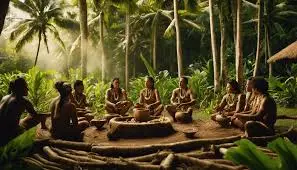
– Polynesia (Hawaii, Samoa) : Cultures often emphasize connection to nature, oral storytelling, and traditional dances like the Hula. The concept of “ohana” (family) is central.
– Melanesia (Fiji, Papua New Guinea) : Known for diverse languages and tribal customs. Cultural practices often include ceremonies involving dance, body art, and oral traditions.
– Australia and New Zealand : The Aboriginal and Maori cultures have distinct traditions, including storytelling, dance, and connection to the land. Maori customs such as the haka have gained international recognition.
Each of these regions has a unique cultural identity shaped by geography, history, religion, and social customs. This diversity adds to the richness of the world’s cultural heritage.
0 Comments